Swedish Eco Chic in New York.
An upcoming exhibition at New York’s Scandinavia House called “Eco Chic—Towards Sustainable Swedish Fashion” showcases Swedish fashion designers who take an environmentally-friendly and ethical approach to their work, without sacrificing any style.
-
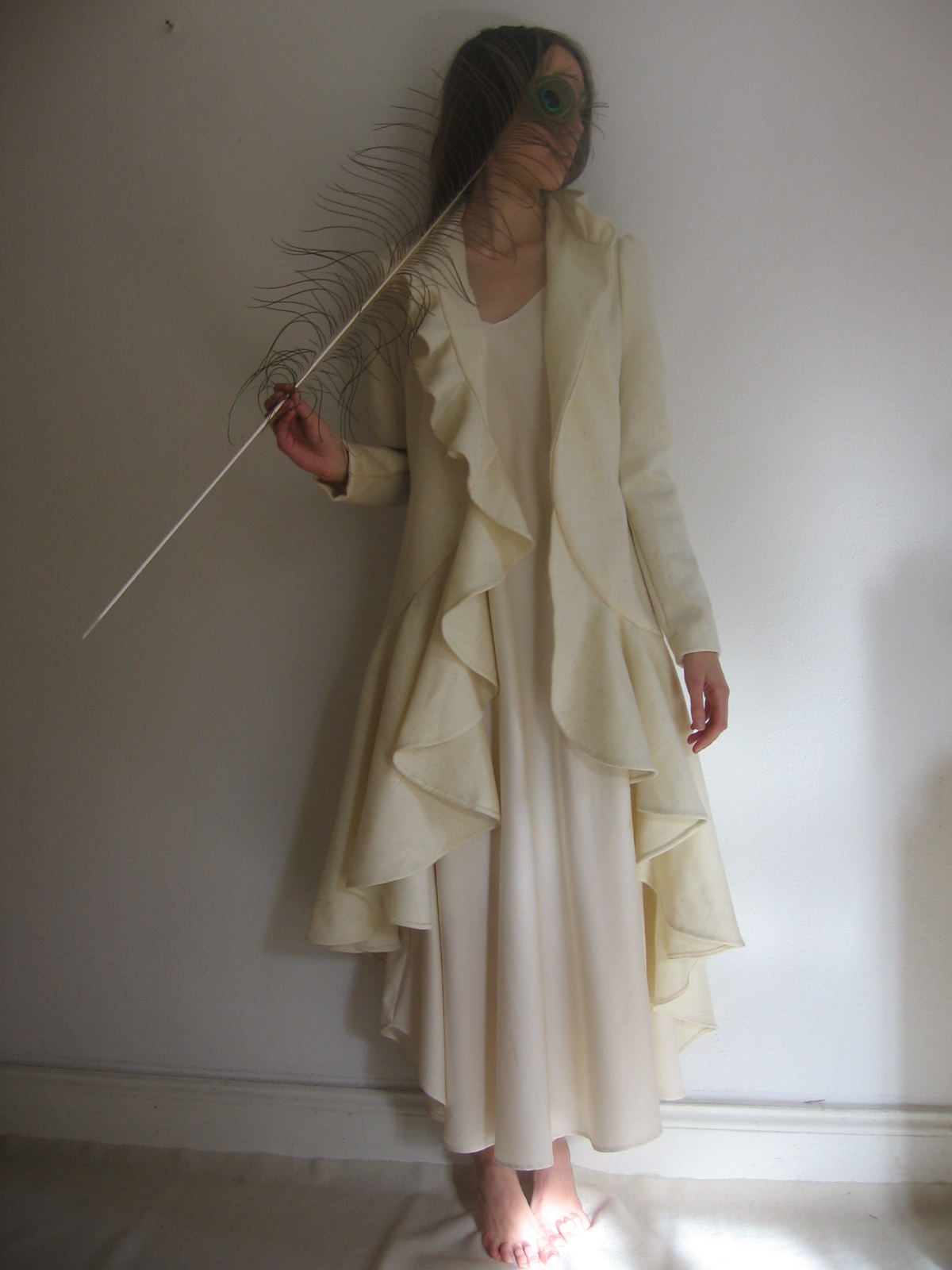 Design by Anja Hynynen. Photo by Björn Vasseur.
Design by Anja Hynynen. Photo by Björn Vasseur. -
-
Swedish Eco Chic in New York, an exhibition at Scandinavia House, May 5 through August 21 www.scandinaviahouse.org
-
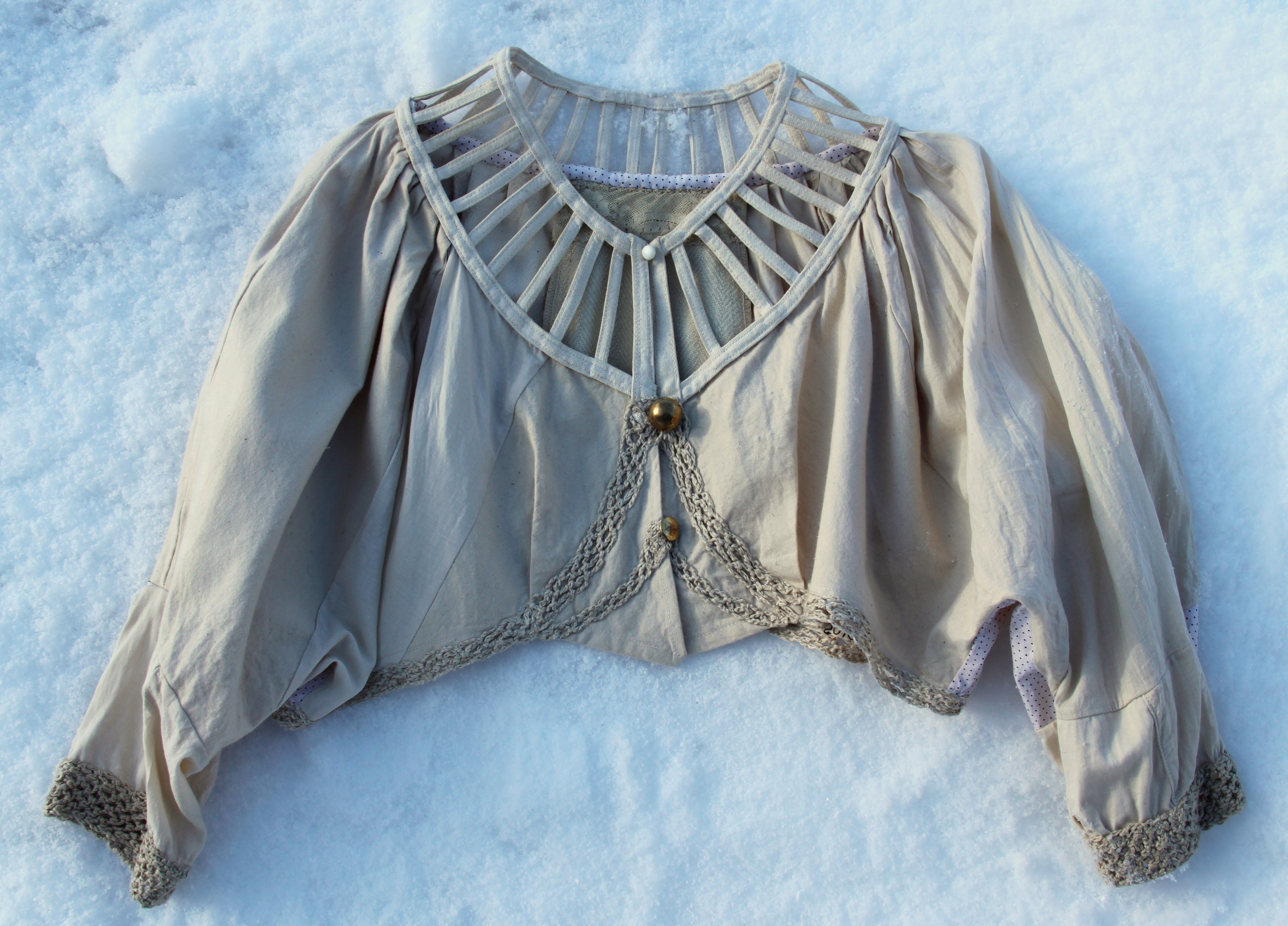 Design by Anna Hynynen. Photo by Ingrid Hynynen.
Design by Anna Hynynen. Photo by Ingrid Hynynen. -
-
The fashion industry today faces major challenges in both resources and labor, but the designers featured in “Eco Chic” aim to overcome all that by changing how we look at fashion and our consumption of it. Fashion must not only be about appearance.
Nordstjernan talked to Anja Hynynen and Karin Stenmar, two of the designers featured in the exhibition. Hynynen is a Swedish-born artist who comes from a family in which art and handicrafts have been of importance for several generations.
“My mother is an artisan working with leather and my father is a blacksmith,” she says. “My passion was found in textiles, following time as a tailor’s apprentice and studying dressmaking.”
These days, Hynynen often goes to Scotland where she collaborates with Ardalanish Organic Farm and Weaving Mill, which is located on the Isle of Mull.
“For me eco fashion is so much more than clothes,” she explains. “It’s a way of living. I became involved with ecological fashion when I began working full time with fashion in 2003 as an apprentice, and I became allergic to some fabrics. I also grew up close to nature, so I always thought it must be possible to make clothes, too, in an environmentally friendly way.” -
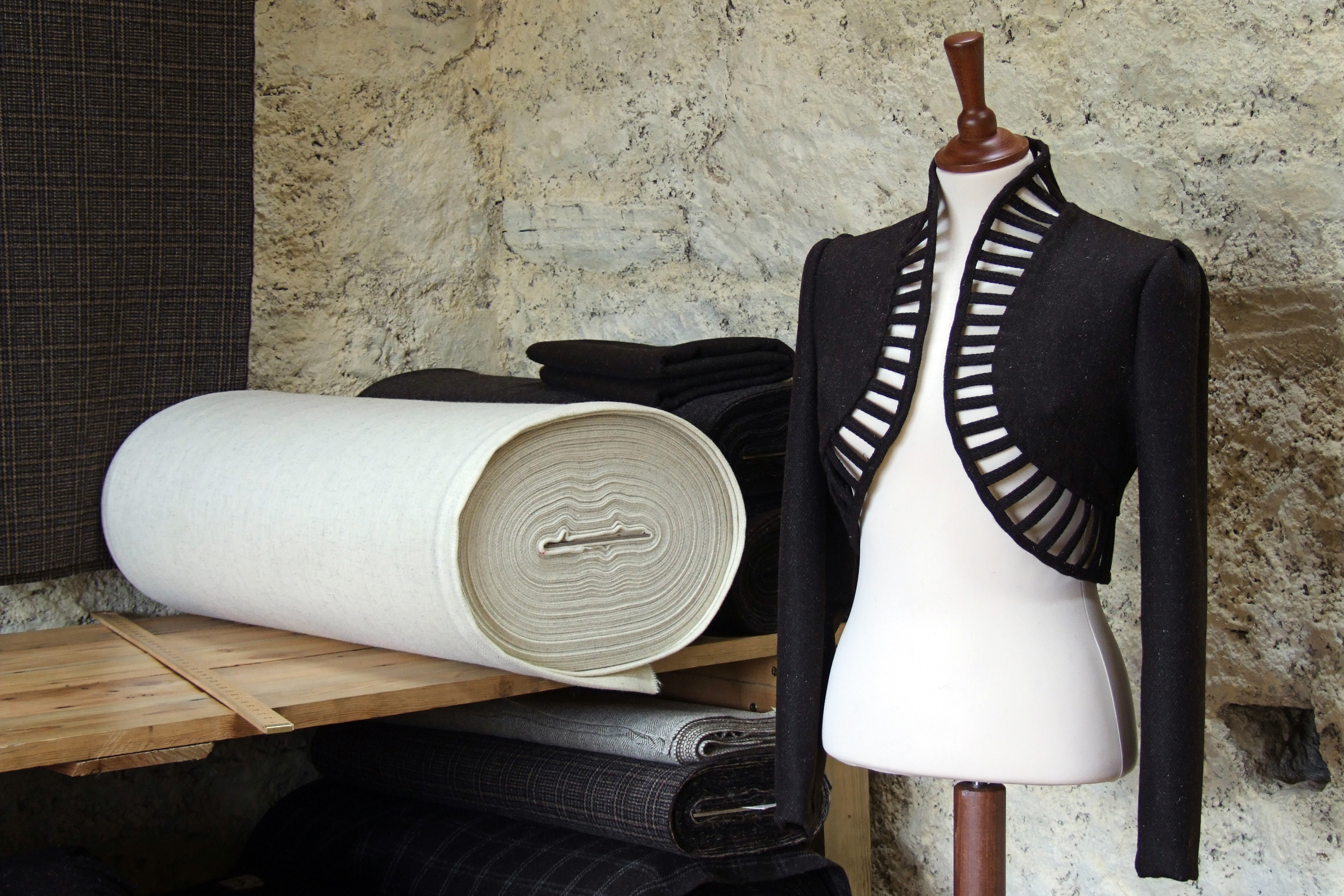 Design by Anna Hynynen. Photo by Alex Connell.
Design by Anna Hynynen. Photo by Alex Connell. -
Ethics, ecology and economy working together
Karin Stenmar became interested in ecological clothing when she saw the potential of ethics, ecology and economy working together with good design and quality. Today Dem Collective is collaborating with a factory in Perilya in Sri Lanka, and their jeans are made in India where they are handwoven and naturally indigo dyed.
"The farmers who work with agrocel, or ecological cotton, make good money," Stenmar says. "They aren't threatened by chemically induced diseases, which is common in conventional cotton farming, where one kilo of chemicals is being used in order to produce one kilo of cotton. We only use 100 percent ecological and ethical cotton, so called agrocel-cotton."
Stenmar describes her design as "basic clothing in a classic style. The kinds that become favorites in your closet."
Hynynen calls her design feminine, personal and timeless, saying that the qualities of ecological fabrics are enhanced when it comes to draping, for example.
“My clothes very often have worked-in details and every piece of clothing is an individual piece of art made by hand with care, with the hope that it will be worn for several generations.” -
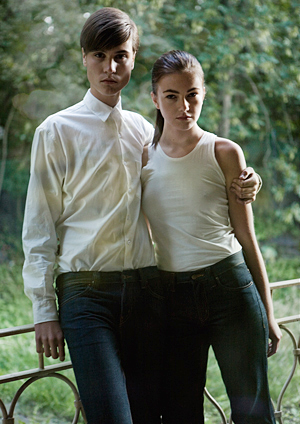 Karin Stenmar jeans collection. Photo courtesy of Dem Collective.
Karin Stenmar jeans collection. Photo courtesy of Dem Collective. -
And who are their customers?
Turns out both younger and older generations are interested in eco fashion. Most of them are, of course, environmentally conscious.
“Still others fall in love primarily with the design,” adds Hynynen.
When asked if eco-fashion will ever become more affordable, Stenmar says Dem Collective already produces clothes in a mid-price range.
“If a piece of clothing is too cheap,” she reminds us, “it most surely is a sign that both humans and the environment have been abused in the process.”
And Hynynen is not so sure it necessarily has to be cheaper to buy ecological clothes. We just need to buy less.
“To make a conscious choice and show that you, as a customer, care, I believe that means a lot when it comes to the supply of more affordable eco fashion. But I also think more and more choose to buy fewer pieces and pay a little bit more instead.”
“Eco Chic” is a touring exhibition from the Swedish Institute, which premiered in Belgrade in the winter of 2008 and has visited major international cities, including Kiev, Istanbul and Berlin. The upcoming installation at Scandinavia House in New York marks the first American stop on this tour. It runs from May 5 to August 21. -
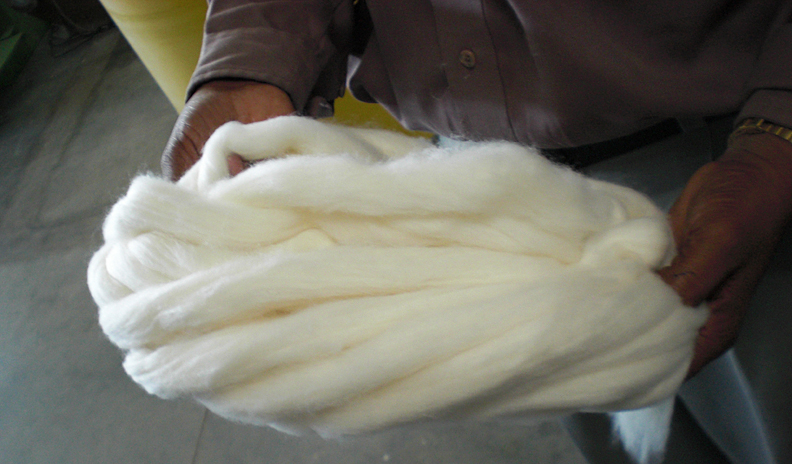 Cotton
Cotton -
by Eva Stenskär
-
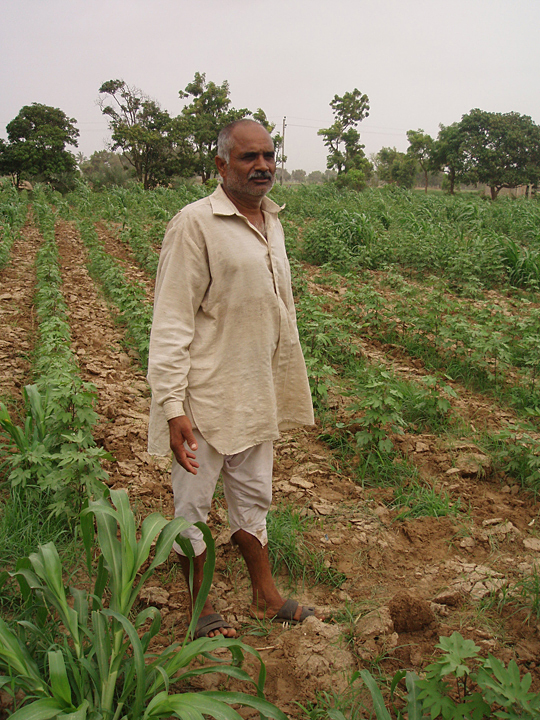 Indian farmer on an organic cotton field. Photo courtesy of Dem Collective.
Indian farmer on an organic cotton field. Photo courtesy of Dem Collective. -
For more info, see
www.anjah.se
www.demcollective.com
www.scandinaviahouse.org -
-
